Goodbye, universe. You came in with the biggest bang ever, but now, you're on your way out with a drooping fizzle.
The conclusion of a new astronomical study pulls no punches on this. "The Universe is slowly dying," it reads.
Astronomers have believed as much for years, but the new findings establish the cosmos' decline with unprecedented precision.
An international team of some 100 scientists used data from the world's most powerful telescopes -- based on land and in space -- to study energy coming from more than 200,000 galaxies in a large sliver of the observable universe.
Based on those observations, they have confirmed the cosmos is radiating only half as much energy as it was 2 billion years ago. The astronomers published their study on Monday on the website of the European Southern Observatory.
The team checked the energy across a broad spectrum of lightwaves and other electromagnetic radiation and says it is fading through all wavelengths, from ultraviolet to far infrared.
See photos - "Behold the beauty of UNIVERSE"







Read more
Reporting from CNN
The conclusion of a new astronomical study pulls no punches on this. "The Universe is slowly dying," it reads.
Astronomers have believed as much for years, but the new findings establish the cosmos' decline with unprecedented precision.
An international team of some 100 scientists used data from the world's most powerful telescopes -- based on land and in space -- to study energy coming from more than 200,000 galaxies in a large sliver of the observable universe.
Based on those observations, they have confirmed the cosmos is radiating only half as much energy as it was 2 billion years ago. The astronomers published their study on Monday on the website of the European Southern Observatory.
The team checked the energy across a broad spectrum of lightwaves and other electromagnetic radiation and says it is fading through all wavelengths, from ultraviolet to far infrared.
See photos - "Behold the beauty of UNIVERSE"
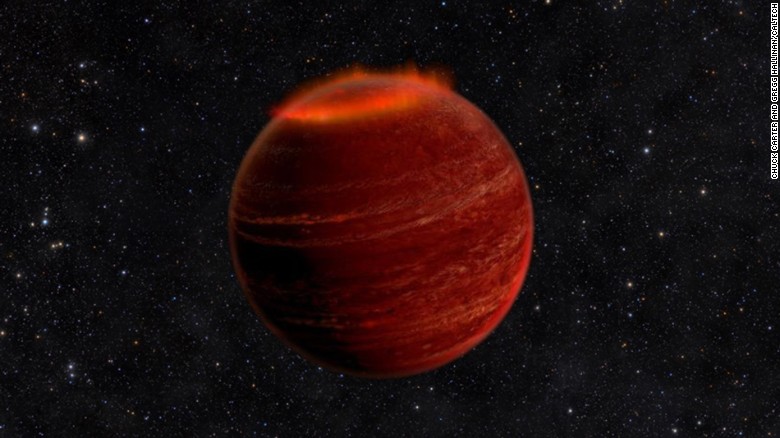
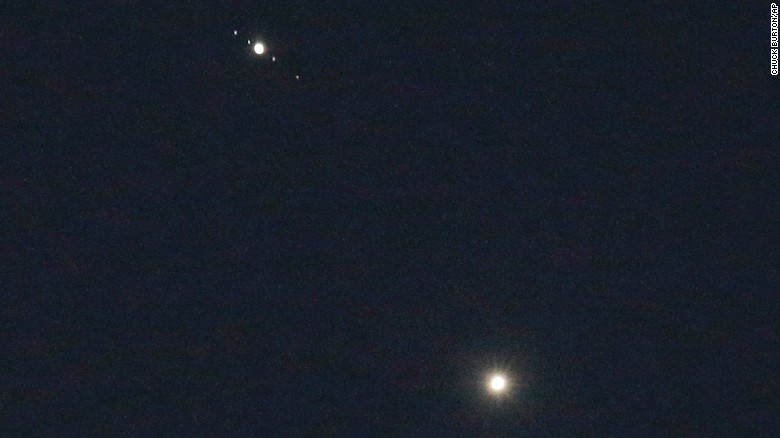

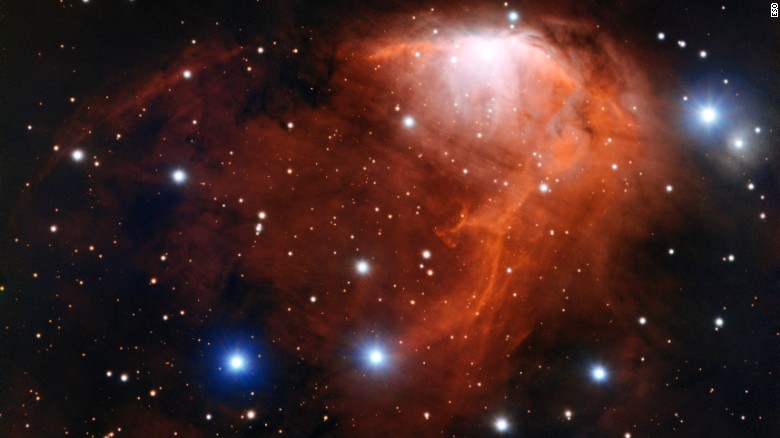
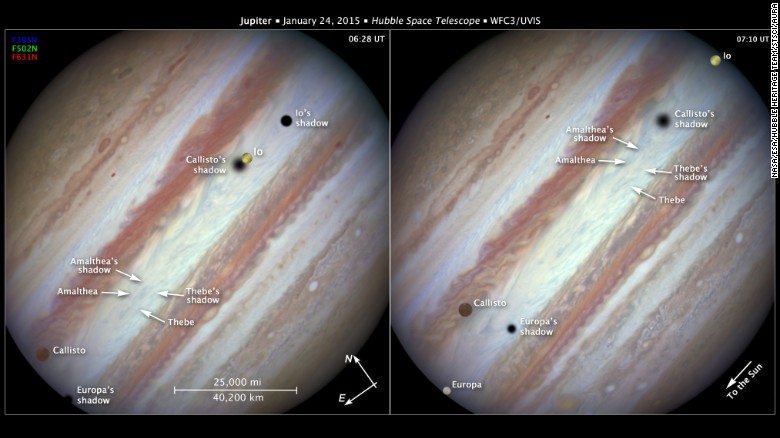
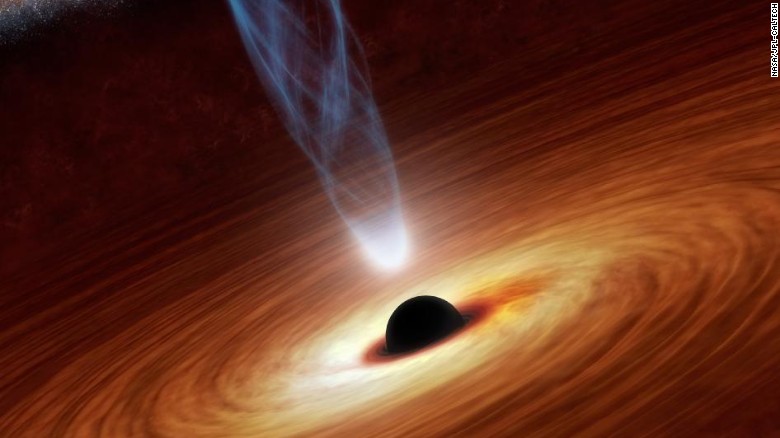
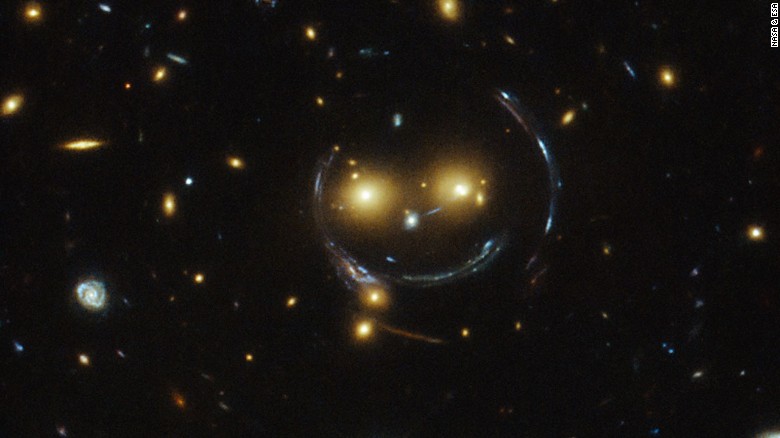
Read more
Reporting from CNN
To follow us on twitter click@iReporterng
To Like our facebook fan page click iReporter on Facebook
Join Us on BBM Channel Add Pin or click: C00224051
Report News as its UNFOLDS via: ireporterng@gmail.com
To Like our facebook fan page click iReporter on Facebook
Join Us on BBM Channel Add Pin or click: C00224051
Report News as its UNFOLDS via: ireporterng@gmail.com


















No comments:
Post a Comment
Subscribe to our publication. Do not miss out on any information.
Join us on Facebook:
https://facebook.com/ireporterinternational
Follow us on Twitter:
https://twitter.com/ireporterng
Note: Only a member of this blog may post a comment.